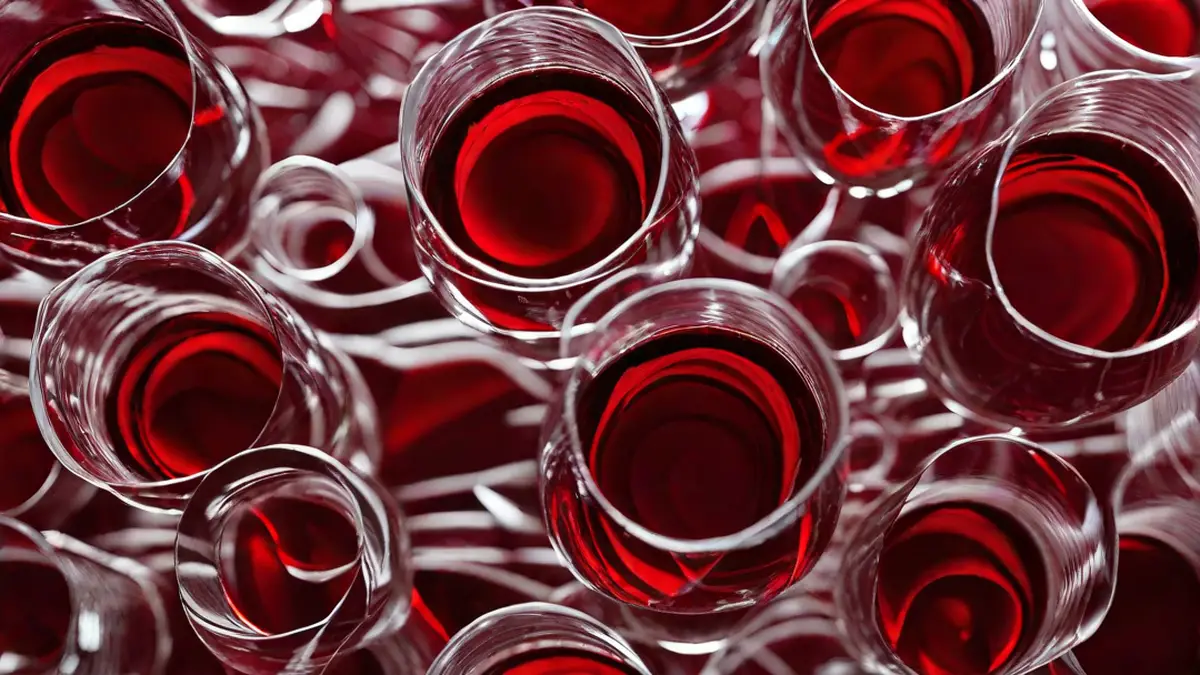When it comes to indulging in a glass of red wine, there is a common discussion among wine enthusiasts – what is the ideal amount of time to let red wine aerate? Being a wine aficionado myself, I have always been interested in this matter. Throughout the years, I have spent numerous evenings conducting trials with varying aeration durations to determine the best flavor and aroma. In this piece, I will share my personal observations and offer you a guide to assist you in deciding the appropriate aeration time for your red wine.
Understanding the Importance of Wine Breathing
The concept of wine breathing refers to the process of exposing wine to the air before consumption. This practice allows the wine to interact with oxygen, which can significantly impact its taste and aroma. When a wine bottle is opened, the trapped gases inside, along with other volatile compounds, are released. This process can soften the wine’s tannins, enhance its aromatics, and improve its overall flavor profile.
However, it’s essential to note that not all red wines benefit from extensive breathing. Each wine varietal has its own characteristics and aging potential, which can influence how long it should be allowed to breathe.
Factors to Consider
Several factors come into play when determining how long to let red wine breathe:
- Age of the Wine: Younger red wines typically require more breathing time compared to their older counterparts. This is because younger wines tend to have more aggressive tannins and can benefit from aeration to mellow them out.
- Wine Varietal: Different red wine varietals have varying levels of tannins, acidity, and complexity. For example, a bold and robust Cabernet Sauvignon may require more breathing time than a lighter-bodied Pinot Noir.
- Personal Preference: Ultimately, your personal taste preferences play a significant role in determining how long to let your red wine breathe. Some individuals prefer a softer and smoother wine, while others enjoy the boldness and complexity of a freshly opened bottle.
General Guidelines
While there are no hard and fast rules when it comes to wine breathing, here are some general guidelines to consider:
- If you have a young and tannic red wine, such as a Cabernet Sauvignon or Syrah, it’s recommended to let it breathe for at least 30 minutes to an hour. This will allow the tannins to soften and the wine’s aromas to fully develop.
- For medium-bodied red wines, like Merlot or Sangiovese, a shorter breathing time of around 15-30 minutes is often sufficient.
- Lighter red wines, such as Pinot Noir or Beaujolais, may only need a few minutes of breathing time to unleash their delicate aromas.
It’s worth mentioning that decanting red wine can also aid in the breathing process. By pouring the wine into a decanter, you expose a larger surface area to the air, accelerating the aeration process.
Experiment and Discover Your Preference
While these guidelines provide a starting point, I encourage you to experiment and find your own preference. Taste is subjective, and what works for one person may not work for another. Take the time to enjoy the process of opening a bottle of red wine, allowing it to breathe, and savoring the transformation it undergoes.
Ultimately, the decision of how long to let red wine breathe comes down to your personal taste preferences and the specific bottle of wine you are enjoying. So, next time you uncork a bottle of red, take a moment to consider how long you want to let it breathe and experience the magic that happens as the wine opens up.
Conclusion
In conclusion, the question of how long to let red wine breathe is not a one-size-fits-all answer. It depends on various factors, including the wine’s age, varietal, and personal preference. By understanding these factors and experimenting with different breathing times, you can discover the perfect balance that enhances your enjoyment of red wine. So, embrace the journey, pour yourself a glass, and let the wine breathe.




